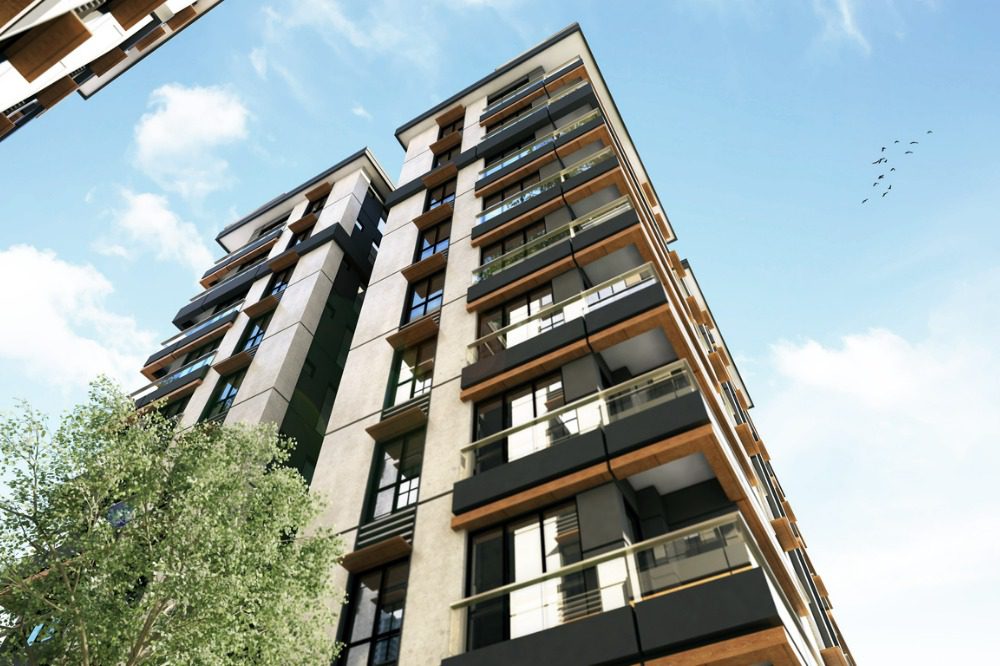ICA calls for strengthening of building code

ICA calls for strengthening of building code | Insurance Business Australia
Construction & Engineering
ICA calls for strengthening of building code
Economic benefits outlined
Construction & Engineering
By
Roxanne Libatique
The Insurance Council of Australia (ICA) has called for the strengthening of the National Construction Code (NCC) to make new homes more resilient to extreme weather.
The latest Centre for International Economics (CIE) report predicts that extreme weather costs to homeowners will double by 2050 as extreme weather events become more severe and frequent due to climate change.
It also found that making new homes more resilient to extreme weather events could save approximately $4 billion annually, specifically reducing average annual building costs by approximately $2 billion per year for cyclones, $1.475 billion for floods, and $486 million for bushfires.
“This new analysis by CIE highlights the economic benefit and opportunity of strengthening the resilience of new homes in the face of worsening extreme weather. Currently, minimum building standards in Australia are designed to preserve life in a catastrophic event – but they are not designed with the goal of preserving the property itself,” said ICA CEO Andrew Hall. “As a result, our homes are not built to withstand the extreme weather events of today, let alone the future.”
Economic benefits
McKell Institute’s analysis for the ICA in 2022 revealed that economy-wide costs from extreme weather events are predicted to grow by 5% annually (before inflation) and hit $35 billion annually (in 2022 dollars) by 2050.
Emphasising the economic benefits of making homes more resilient to extreme weather, the new report called for states and territories to reform planning rules to prevent new homes from being built in high-risk areas of the floodplain. It also backed the ICA’s long-term advocacy to make properties more resilient to worsening extreme weather and reform land use planning to stop further property development in flood-prone areas.
“We need to make our homes more resilient, and we need to avoid building new homes in vulnerable areas,” Hall said. “We welcome the renewed focus on resilience by the Australian Building Code Board, which sees strengthening our construction code as a critical solution to ensuring new homes withstand damage from floods, fires, and cyclones.”
Related Stories
Keep up with the latest news and events
Join our mailing list, it’s free!






